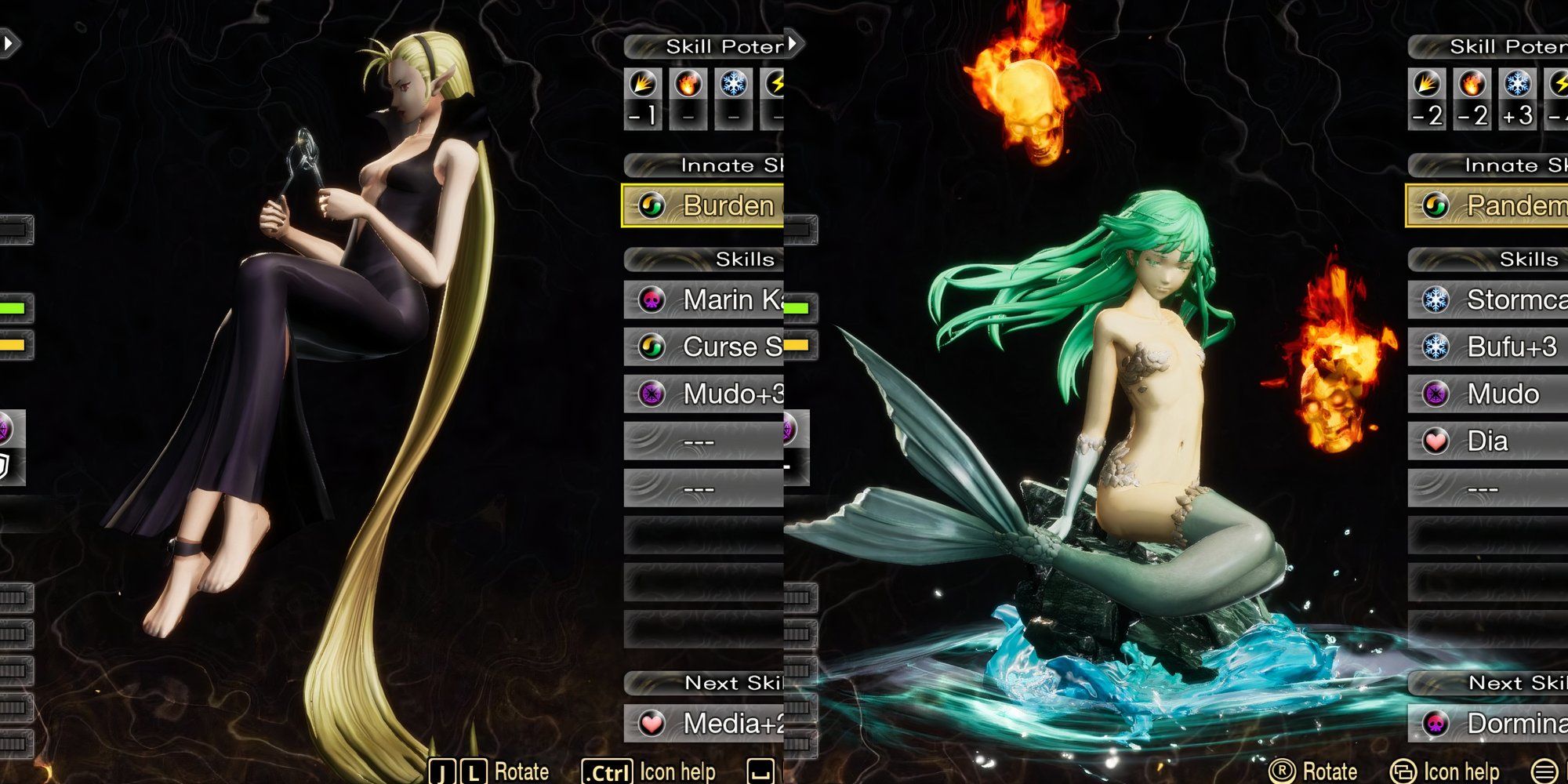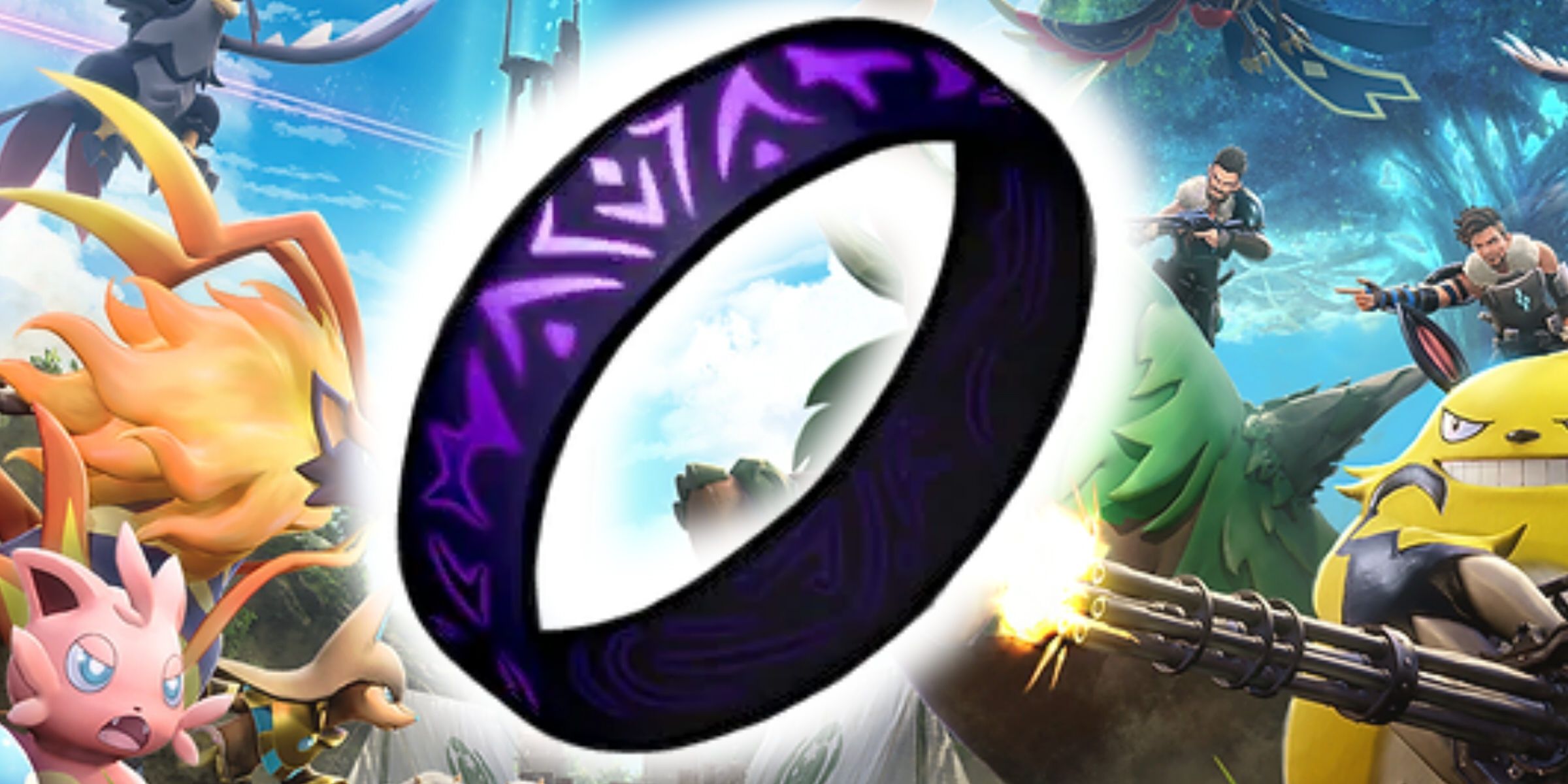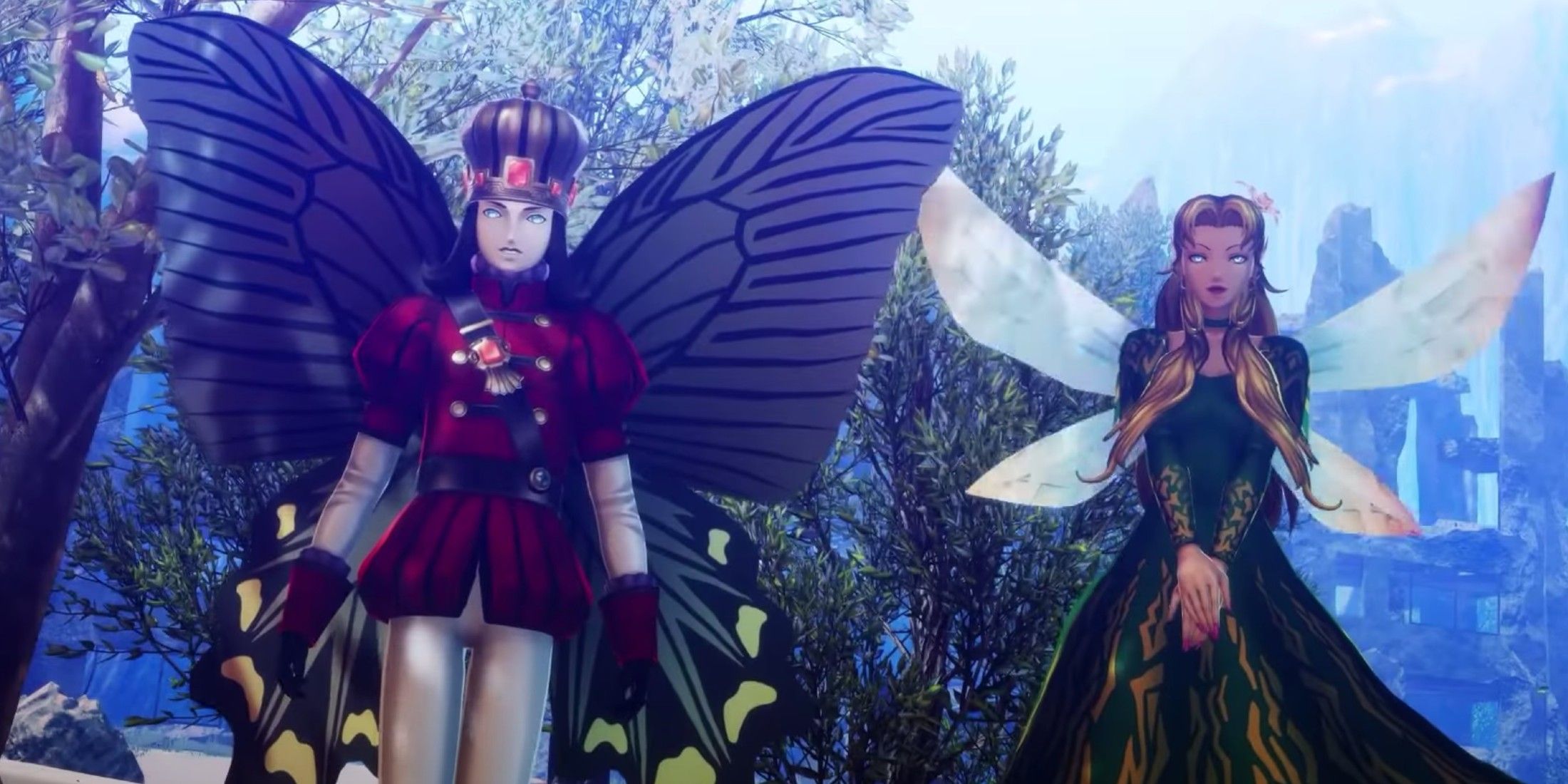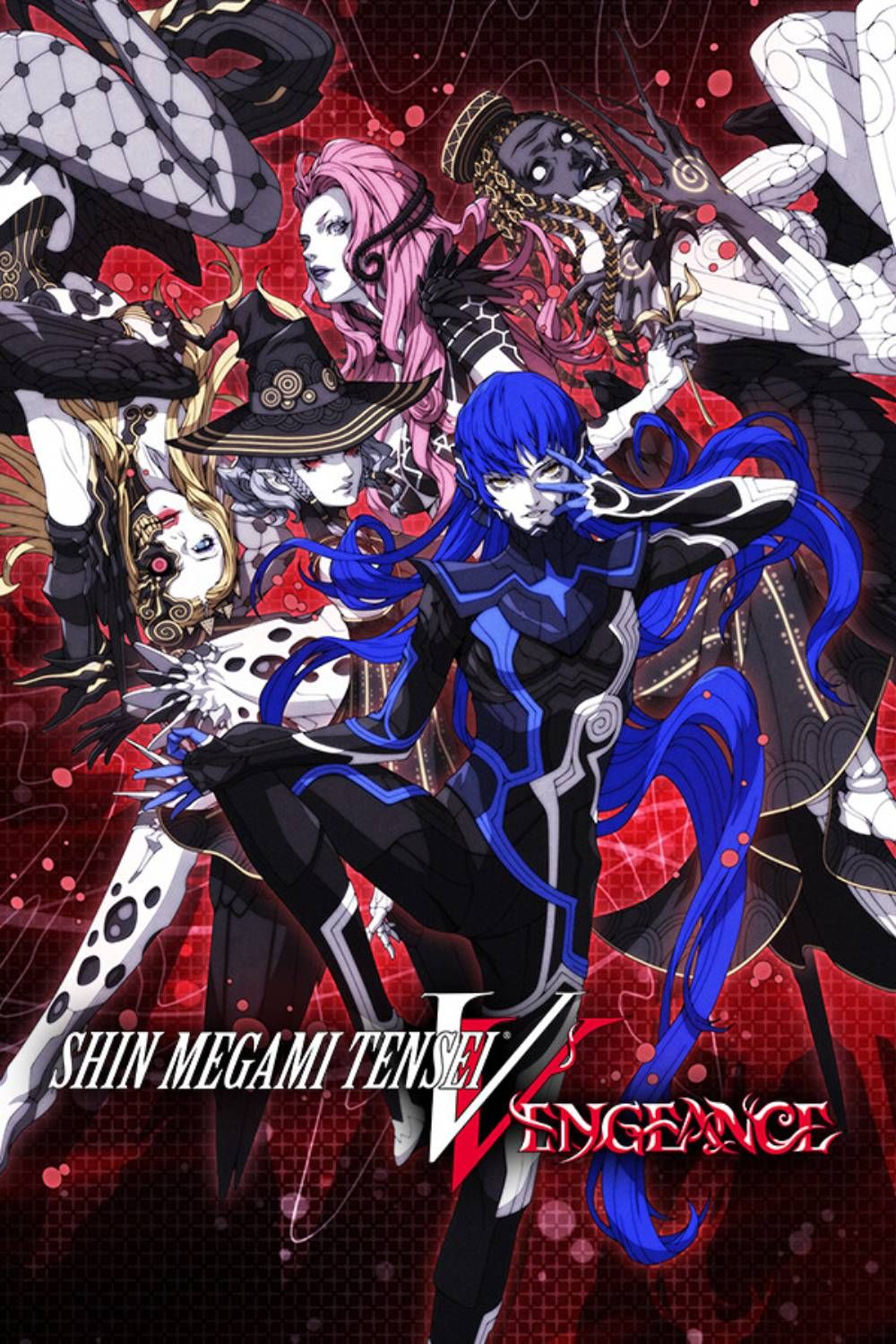Highlights
- Fairy Village serves as a peaceful haven in Shin Megami Tensei 5: Vengeance, showcasing the game's order vs. chaos theme.
- Mastema's act of turning Fairy Village inhabitants to salt raises questions about sacrifice and the greater good.
- Restoring Fairy Village residents requires defeating the Serpent King Samael, emphasizing demons' desire for freedom and the game's powerful boss battles.
This article contains spoilers for Shin Megami Tensei 5: Vengeance.
Amidst the ruins of Shin Megami Tensei 5: Vengeance's Shinagawa, a spiraling slope leads the Nahobino gliding downward, surfing on dense sand only to emerge into a sea of green. It is here that players are introduced to the Fairy Village, a respite in the netherworld of Da'at where nature stands a fighting chance. Tall trees and a stream of fresh water house humans and fairies alike, while the surviving members of a chaotic demon attack are healed of their injuries. As a harmonious melody plays out, the area feels like true solace. That is, until Vengeance shows just how nefarious the sides of both order and chaos can be.
Shin Megami Tensei 5: Vengeance does a great job at highlighting its order versus chaos dispute, working to showcase Tao and Yoko as opposing advocates in the Nahobino's journey towards a new world. Though the demonic Qadistu are the poster antagonists of Vengeance's new plot, there are plenty of lawful adversaries at play, one such being the angel Mastema. From the get-go, it is clear that Mastema has his own motivations; both powerful and selfish, he works in nefarious and direct ways. As the Qadistu harvests Magatsuhi from the negative emotions of demons and humans alike, Mastema decides the best course of action to halt this process is through an act of immobilization; turning the inhabitants of the Fairy Village to salt, he leaves them in a state worse than death.

Shin Megami Tensei 5 Vengeance - Best Early Game Demons In Canon Of Vengeance
When starting your journey in Shin Megami Tensei 5 Vengeance, be sure to add at least a few of these demons to your teams.
Shin Megami Tensei 5: Vengeance Turns its Fairy Village into a Haunting Spectacle
Calling Sacrifice into Question
As the Nahobino and the rest of Vengeance's supporting cast discover the fate of the Fairy Village's inhabitants, they presume it to be a work of the Qadistu themselves. Upon Mastema's admittance of the deed in Shinjuku, however, the concept of sacrifice for the greater good comes into question. This becomes a prominent point of discussion between Tao and Yoko as the two share their opposing ideologies, though they find common ground in disagreeing with Mastema's actions. With the Fairy Village reduced to a haunting spectacle of what it once was, the stakes of Vengeance's plot become that much clearer.
Returning to the Fairy Village shows the remains of its inhabitants, immortalized as salt statues in their last fearful moments. The horrors of the village are reflected well within Vengeance's soundtrack, as the reverent vocals of the location's music are absent, resulting in an eerie take on the once harmonious music. As the second half of Vengeance's plot plays out, it seems there can be little done to save the village's residents. That is, until the Nahobino takes to the Empyrean to claim the throne.
Mastema's Request Explained
Though it can be easily missed, returning to Shinjuku after reaching the Empyrean in Vengeance allows the Nahobino to once again call upon Mastema. Doing so will have Mastema make a request to defeat the Serpent King Samael, and while it might be tempting to dismiss him, he offers up a reward if the Nahobino is successful: restoring the members of the Fairy Village. The Samael fight is a fantastic endgame boss that not only brings back members of the Qadistu but places even more emphasis on the demons' desire for true freedom that cannot be attained through a world of order. The result not only allows the inhabitants of the Fairy Village to live again, but also works toward fulfilling the criteria for Vengeance's own superboss, who packs an even greater punch than Shiva.
Going back and speaking with the restored fairy villagers shows just how cruel Mastema's actions were. Many will lament the fear of their final moments, while others will thank the Nahobino profusely for saving them. It's a small silver lining before the Nahobino takes the throne, though ultimately fleeting in the wake of a new world being created, as the Canon of Vengeance shows the melancholy of the circumstances its characters find themselves in. Through this, the Fairy Village is exemplified, demonstrating the title's capacity for both beauty and destruction.




